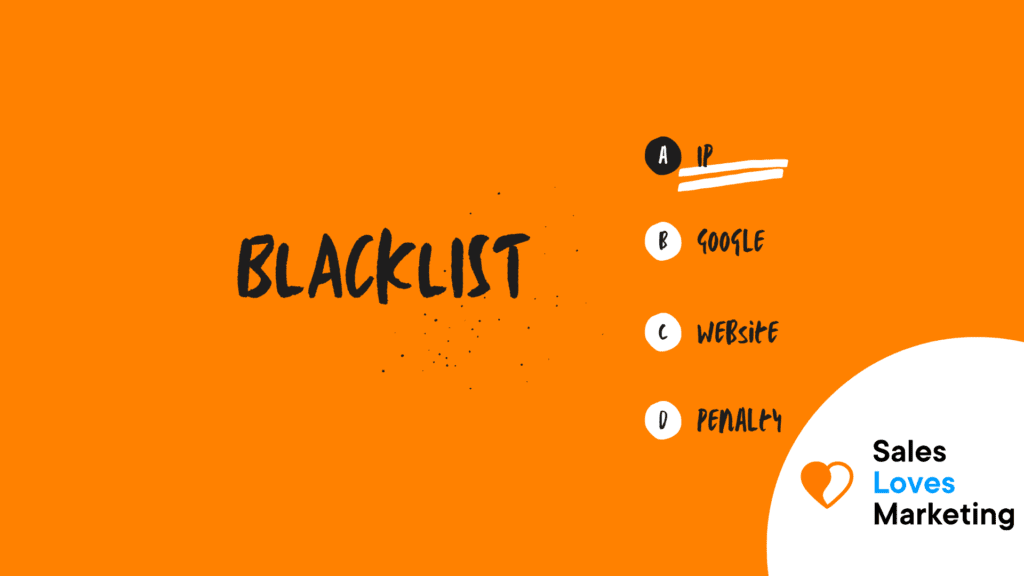What is a Blacklist?
Blacklists are supposed to be collections of IP directions that have distributed spam before; Mails from these addresses existing in the blacklist are either blocked or sent to the recipient’s spam folder. Blacklists are identified by spam filters, which use existing criteria to identify and sort emails believed to be of a spam nature.
How do Blacklists Work?
Blacklists have an enormous collection of IP addresses that are known to generate spam, and when an address is added to one of these lists, every mail from the addresses is filtered to junk or spam folders, making it, so the spam goes unnoticed.
There are many ways email addresses can go on a blacklist since Blacklist Operators have plenty of methods to ‘catch’ spam, like creating spam traps.
Once an Email Address makes it to an existing blacklist, its emails will be identified by spam filters which will set criteria to organize or delete malicious nature emails.
It is estimated that spam contributes up to 80% of all email traffic. This enormous amount of commercial mail has made it so that really strict blacklisting practices come to be, seeking to keep inboxes spam-free.
The biggest and most useful internet service providers utilize widely known blacklists such as Spamhaus, SpamCop, and URIBL, and every list may be unique.
Why did My Business Get Blacklisted?
Mail addresses get added to public blacklists daily, more even so when the company utilizes a shared server. There are several ways that a business’s hardware can get blacklisted:
- Big amounts of Emails: A server that’s sending out an unusually large amount of email can trigger flags and be marked as spam. It is important to be careful about how many messages are sent every week not to give off warning signs.
- Forwarding spam emails: When a server relays spam to another, it looks like the spam originated from the one forwarding it, even when that’s not the case. When a user account on the same server forwards mail to a second account on another ISP, and the first account receives spam from another source and forwards it to the second one, the server is implicated in the transfer.
- Including attachments: Attachments are popular containers for malware, and sending them in email marketing may have a big likelihood of getting a business blacklisted.
- High bounce rate: When a spam filter finds a large number of bounced emails in a single delivery, it might see it as a strong indicator that a mailing list has not been legitimately obtained. ISPs do not have a firm threshold for acceptable bounce rates, but industry benchmarks range from two percent to eight percent.
- Using too many graphics: Mails full of graphics now triggering spam filters, including images and flash animation.
How Can a Blacklist Affect a Publicity Campaign?
In most cases, Blacklist can affect publicity campaigns, as in, if the email addresses doing the campaigns are thought of as spammy, they will get blacklisted. Therefore, their campaign will not be read nor noticed thanks to it being filtered.
Therefore, it is pretty important not to have a campaign tagged as spam as that will affect the reach of the public of said campaign.
Get started yourself with SEO with SEMrush; an all-in SEO tool (Free 7 day trial).
